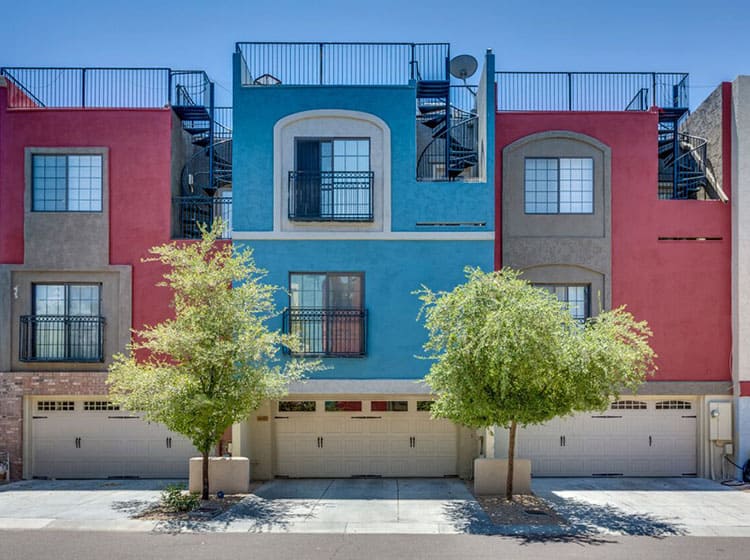Essential Seasonal Aspects Of Commercial Exterior Painting: What You Ought To Understand
Essential Seasonal Aspects Of Commercial Exterior Painting: What You Ought To Understand
Blog Article
Material Author-Doherty Chaney
When you're preparing a commercial outside paint job, seasonal aspects can make or break your results. You'll intend to think about how temperature level and humidity effect paint application and drying out times. Selecting the right season can ensure your paint adheres effectively and lasts much longer. However which seasons are truly the most effective for this sort of work? Let's discover the key elements that can affect your task's success.
The Influence of Temperature on Paint Application
When you're preparing an industrial external painting task, the temperature can significantly impact exactly how well the paint sticks and dries.
Ideally, you wish to repaint when temperatures vary in between 50 ° F and 85 ° F. If it's also chilly, the paint may not cure correctly, bring about issues like peeling off or cracking.
On the other hand, if it's as well warm, the paint can dry also rapidly, avoiding correct adhesion and resulting in an uneven coating.
You must also consider the moment of day; early morning or late afternoon uses cooler temperatures, which can be a lot more beneficial.
Constantly examine the manufacturer's recommendations for the specific paint you're making use of, as they typically offer guidance on the optimal temperature level array for ideal outcomes.
Moisture and Its Impact on Drying Times
Temperature isn't the only environmental factor that influences your industrial exterior painting task; humidity plays a considerable role too. High humidity degrees can reduce drying times substantially, affecting the general high quality of your paint work.
When the air is filled with wetness, the paint takes longer to heal, which can bring about issues like bad attachment and a higher danger of mildew development. If you're repainting on a specifically humid day, be prepared for extensive delay times in between coats.
stellar paint to check regional weather conditions and strategy appropriately. Preferably, aim for humidity degrees between 40% and 70% for optimal drying.
Keeping these factors in mind guarantees your job remains on track and provides an enduring finish.
Best Seasons for Commercial Exterior Paint Projects
What's the very best time of year for your business outside painting jobs?
Springtime and early fall are generally your best options. During these periods, temperature levels are moderate, and moisture levels are commonly lower, producing optimal conditions for paint application and drying.
Prevent summertime's intense heat, which can cause paint to dry too rapidly, causing poor attachment and finish. Likewise, winter's cold temperature levels can prevent appropriate drying out and treating, running the risk of the longevity of your paint work.
Aim for days with temperature levels between 50 ° F and 85 ° F for optimal results. Remember to check can you paint house in winter for rain, as wet problems can destroy your task.
Planning around these variables ensures your painting job runs smoothly and lasts longer.
Conclusion
Finally, preparing your commercial external painting jobs around seasonal considerations can make a significant distinction in the end result. By organizing work during the suitable temperature levels and humidity levels, you'll make sure much better bond and drying times. Bear in mind to keep an eye on neighborhood weather prediction and select the right time of year-- spring and very early loss are your best choices. Taking https://garage-painters-near-me10976.snack-blog.com/34322196/are-you-trying-to-find-a-house-that-emanates-energy-and-freshness-find-out-the-keys-of-professional-residence-painters-and-the-essential-aspects-that-produce-a-true-feeling-of-home will certainly assist you attain a sturdy and professional surface that lasts.
